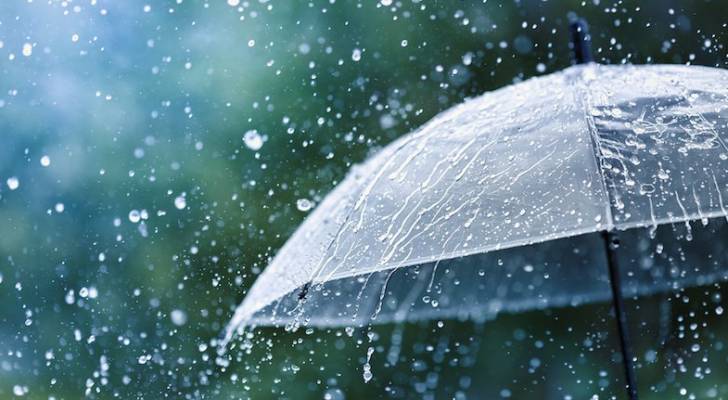The Kenya Meteorological Department has issued a fresh alert warning of heavy rainfall in parts of the Central Highlands, Western Kenya, and the Coast, cautioning that some areas may experience flooding and related disruptions between September 16 and 22.
According to the weekly outlook, most regions of the country will remain dry and sunny, but Nairobi, the Lake Victoria Basin, sections of the Rift Valley, and coastal counties are expected to record significant showers.
Nyeri, Nyandarua, Murang’a, Kirinyaga, Kwale, and Kilifi may receive over 100mm of rainfall, raising concerns of waterlogging and flooding in low-lying areas.
Western Kenya and counties surrounding Lake Victoria are set to record some of the heaviest downpours, ranging between 20mm and 70mm in Kakamega, Kisumu, Siaya, Migori, Homa Bay, Vihiga, Busia, Bungoma, and Kericho.
The department cautioned that intense rains in these regions could “trigger flash floods, affecting transport, agriculture and daily routines.”
In the Central Highlands and parts of the Rift Valley, rainfall of 10mm to 50mm is anticipated, with Nakuru, Bomet, Nyandarua, Nyeri, Kiambu, Murang’a, Kirinyaga, and Embu among the counties likely to benefit from moderate showers.
However, areas around the Aberdare Ranges and Mount Kenya could surpass 70mm, a situation that may cause localised floods and minor landslides. Local authorities have been urged to closely watch landslide-prone areas, while farmers are encouraged to take advantage of the rains for planting short-term crops.
Along the Coast, widespread showers are forecast across Kwale, Mombasa, Kilifi, and Tana River. Some areas, especially southern Kwale and parts of Kilifi, could exceed 100mm, creating an elevated risk of flooding in poorly drained and low-lying areas. Residents have been asked to remain vigilant and observe safety measures.
In parts of North-eastern and Eastern Kenya, including Garissa, Wajir, Mandera, Kitui, and Makueni, light to moderate rainfall of less than 20mm is expected, though some isolated spots could receive up to 50mm. “These rains are not expected to cause flooding but will provide relief to pastoral communities facing water scarcity,” the forecast noted.
The northern counties and other Arid and Semi-Arid Lands such as Turkana, Marsabit, Samburu, and parts of Isiolo will remain largely dry, with rainfall staying below 10mm. A few scattered showers may occur, but they will not ease ongoing water shortages.
The weatherman has further warned that heavy rainfall in Kericho, Nyandarua, and Murang’a could disrupt roads, cause mudslides, and make access to remote areas difficult. Farmers across the Central Highlands, Rift Valley, and Western Kenya have been urged to make the most of the rains to boost agricultural activities.
The department emphasised the need for preparedness in flood-prone zones and called on authorities to put in place preventive measures. Kenyans were also urged to keep following daily forecasts since weather changes can happen suddenly.
Meanwhile, daytime temperatures above 30°C are expected across the Coast, North-eastern, and North-western Kenya, while parts of the Central Highlands, Central Rift Valley, and areas near Mount Kilimanjaro will experience cold nights with lows below 10°C.
The forecast also indicated that strong southerly to south-easterly winds exceeding 25 knots (12.86 meters per second) will sweep across the Coast, territorial waters, the South-eastern lowlands, and sections of North-eastern and North-western Kenya.
Reviewing the previous week, KMD reported that the highest 24-hour rainfall was 67.3mm at Khalaba Station in Bungoma on September 8. Mandera recorded the highest daily maximum temperature at 38.6°C, while the lowest minimum temperature of 6.1°C was registered in Nyahururu.

